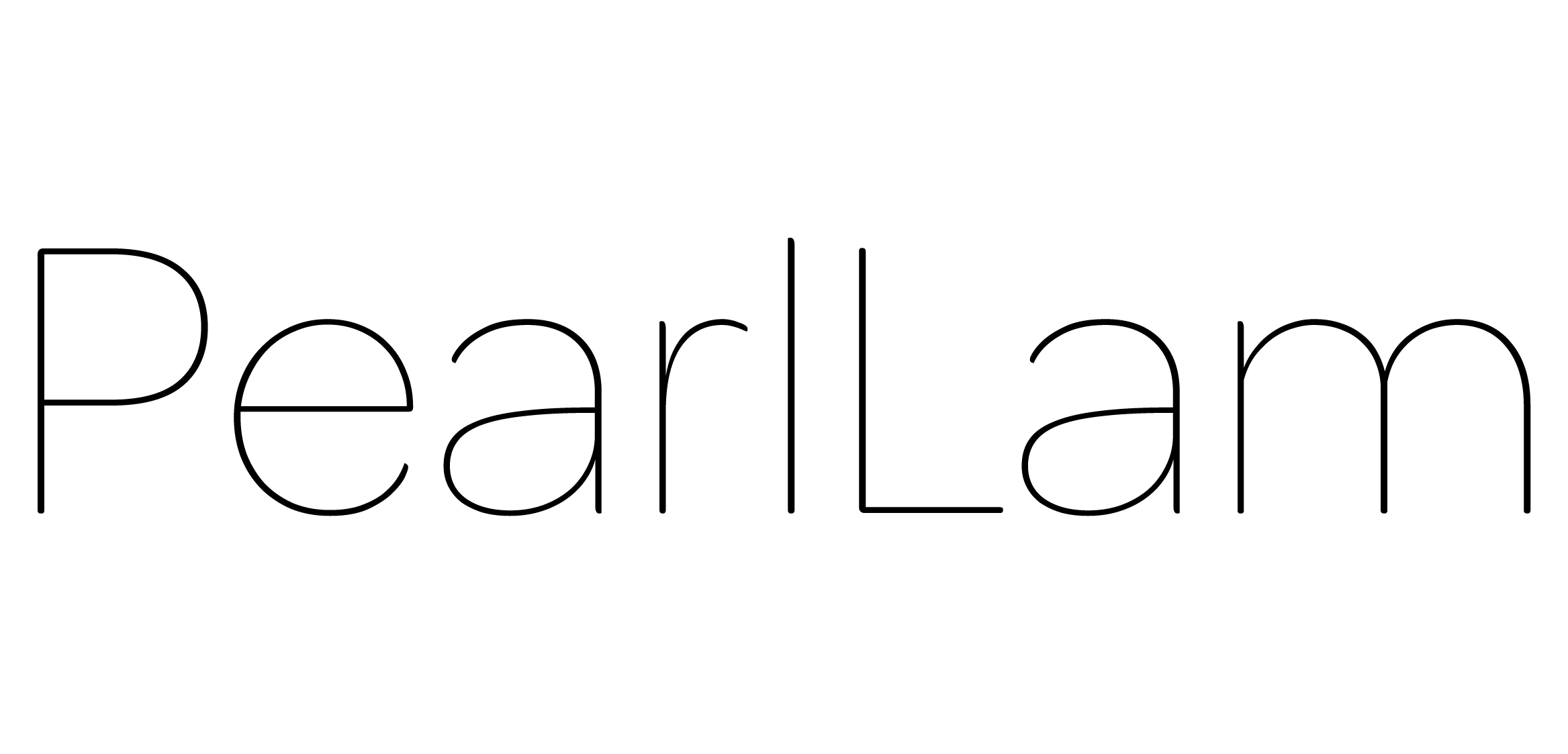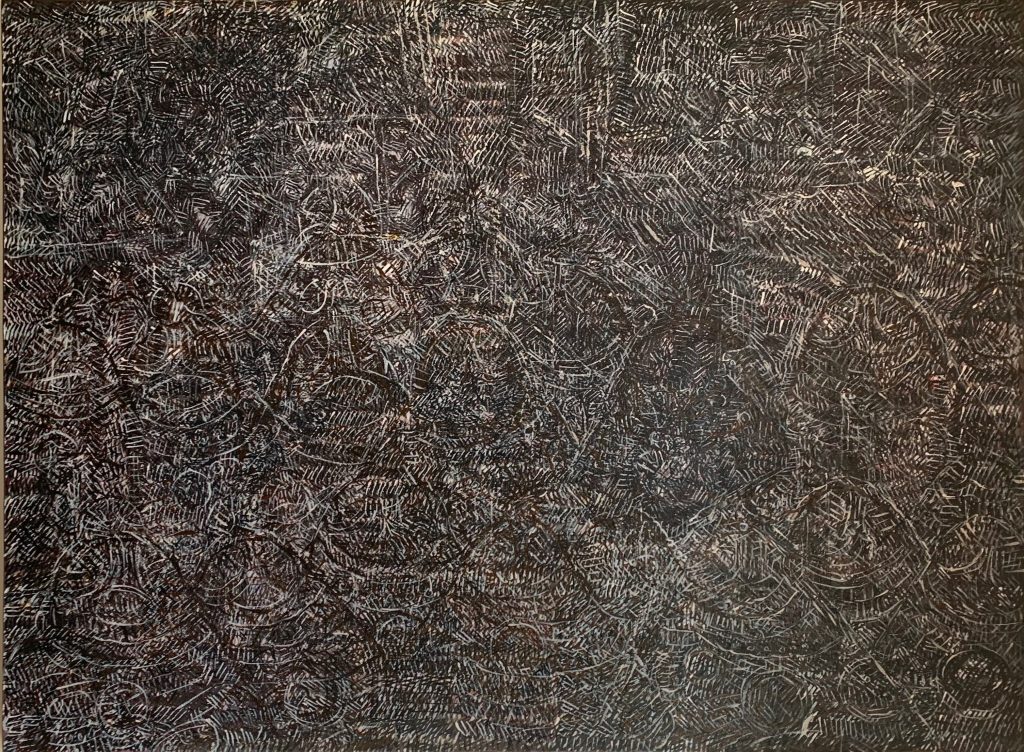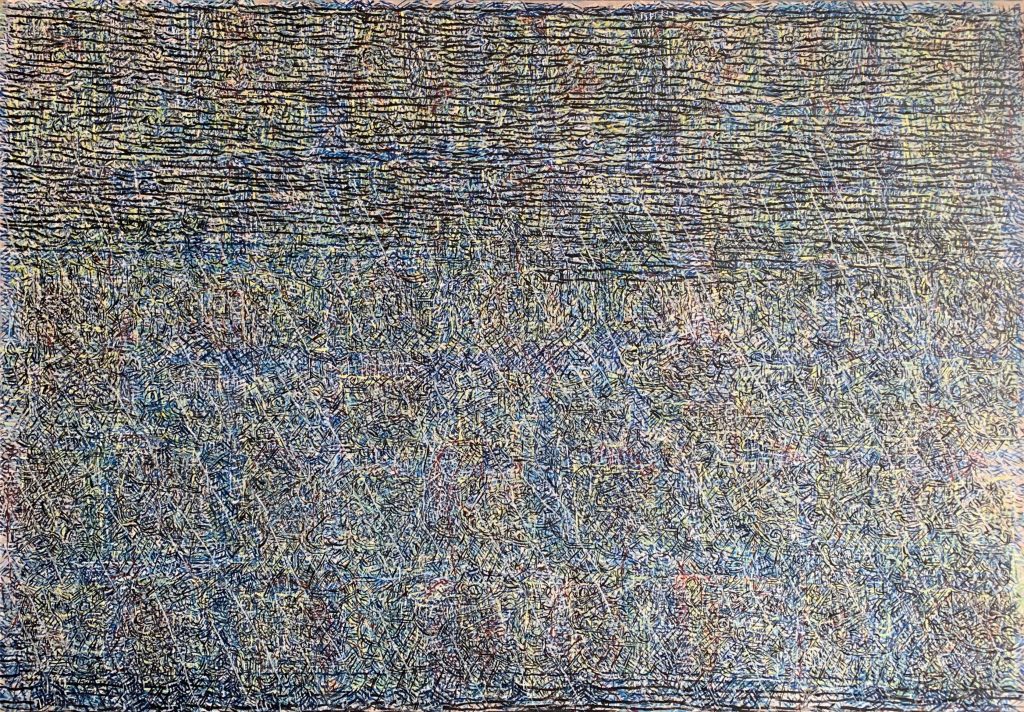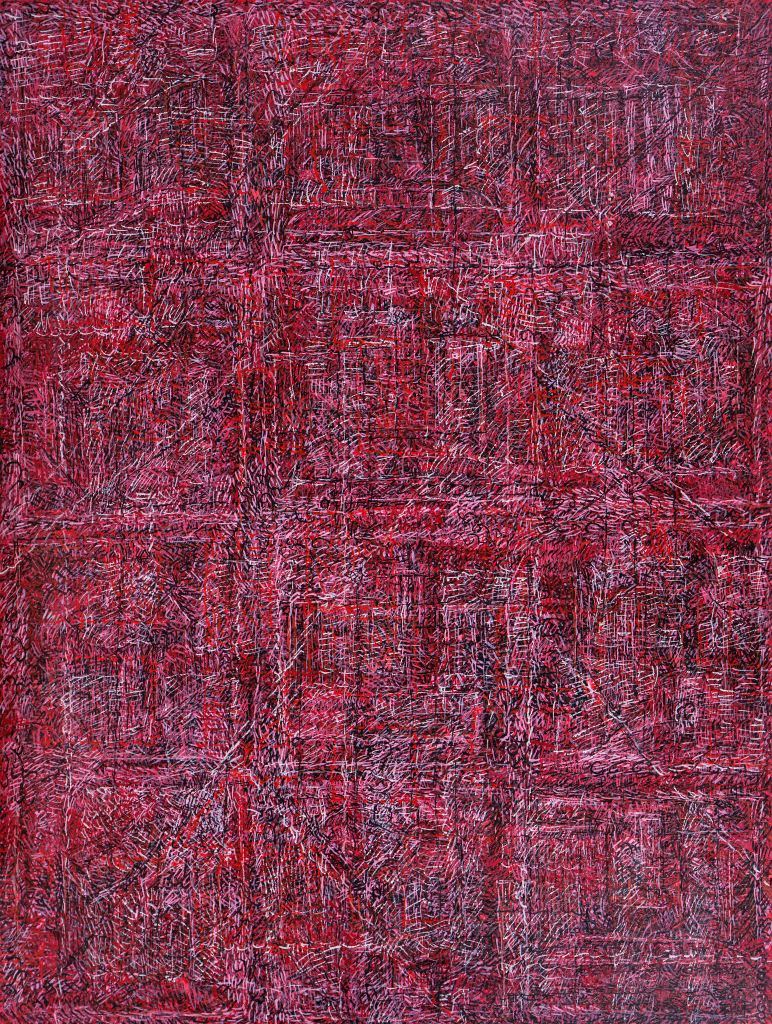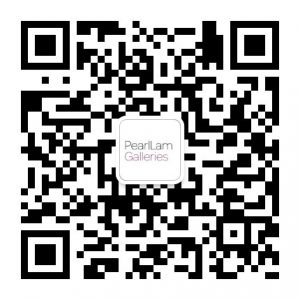11 January–7 March, 2020
Noises in Silence
ZHU XIAOHE solo exhibition
Shanghai
Overview
Pearl Lam Galleries is pleased to present Noises in Silence, the first Shanghai solo exhibition of works by Chinese artist Zhu Xiaohe (b. 1956). The exhibition features 13 of the artist’s abstract paintings created from 1999 to the present as well as two of his drawing series.
Zhu participated in the 1989 China/Avant-Garde Exhibition at the National Art Museum of China in Beijing. In the mid-1990s, he began to retreat from the mainstream and started to use short lines as the basic element in his works. Zhu’s paintings are characterized by an endless and irregular repetition of lines as well as the accumulation of unidentifiable symbols built up through the deconstruction of daily imagery. The artist views his process-based painting practice as “complex and interpretive writing”, while the art critic Gao Minglu classifies Zhu’s work as Maximalist. Zhu Xiaohe approaches abstraction through a metaphysical approach.
The exhibition title Noises in Silence describes Zhu’s obscure painting surface as a field of muted silence, a place where common sense and habitual consciousness have no place and conceptual generalization would be insufficient to define it. The title also refers to how Zhu’s paintings resemble a construction site filled with nameless remnants produced through the disassembly of his visual resources, most of which the artist has intentionally limited to comic books. Zhu sees the process of setting up this image archive as one that involves interaction with the real world, a modified approach to pure abstraction, which in the end prompts a completely different way of seeing.
Zhu Xiaohe creates his paintings by tightly layering countless abstract lines and forms and concealing the boundaries between each layer. If one were to attempt to trace back to where the painting began, one may notice a mix of figures, objects, or scenarios with a silhouette effect. As mentioned by the artist, he “listens, absorbs, and picks out all kinds of traces from the picture archive, all kinds of triviality”, including easily ignored pictorial components from the comic books he collects, real-world visuals, or fictional scenarios. He then strips them of their original context and meaning when he transfers them onto the canvas with colour and lines; his paintings are like boxes that collect these trivialities.
The exhibition space is arranged in accordance to different intensities of perception. The show provides clues as to how the artist interacts with the “traces” from his archive of pictures through drawings and several canvas works. In Cavalry (2009), bold black sketches of horse heads and soldier bodies seem to float on the top layer against oceanic red lines, serving as an invitation for viewers to dive into the more mystical and deeper layers. The constantly reproduced lines in Portrait of Writer (1999) were initially inspired by mechanical structure maps and constitute an estranged figure. Ancient Comics (2019) is a reworking of a previous painting created in 2007 titled Receiving Guests. The perceptional intensity of the more recent version has increased dramatically to erase traces of the older work on the canvas.
